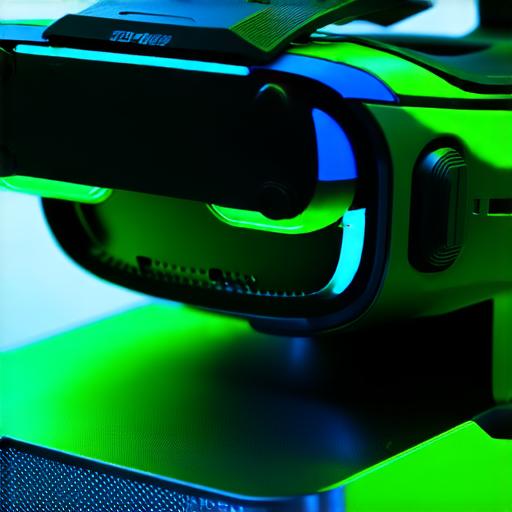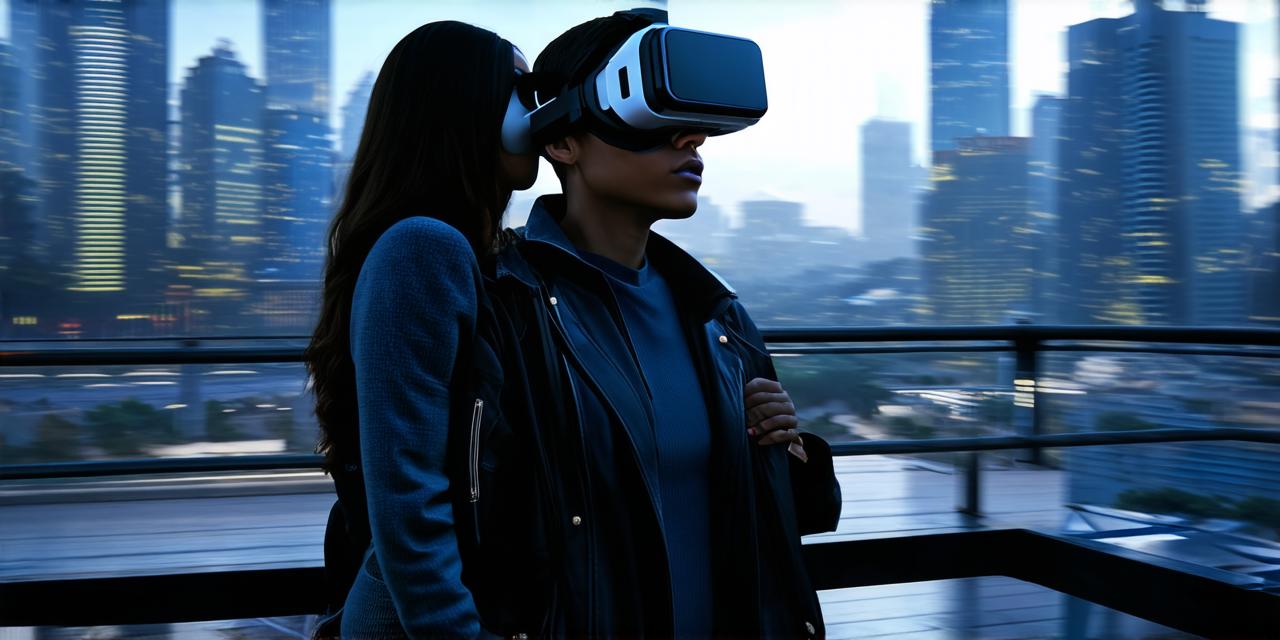What is Motion Sickness?
Motion sickness is a condition characterized by nausea, vomiting, and dizziness caused by rapid movement or changes in direction. It can be triggered by a variety of factors, including car travel, airplane rides, amusement park rides, and even watching movies on a small screen. In the context of VR, motion sickness can occur when the brain perceives conflicting information from the eyes and ears, leading to disorientation and nausea.
Causes of Motion Sickness in VR
There are several factors that can contribute to motion sickness in VR. These include:
- Lack of context: When users are placed in a virtual environment with no clear sense of orientation or reference points, they may experience disorientation and nausea.
- High frame rate: A high frame rate can cause visual blurring and make it difficult for the brain to process information, leading to motion sickness.
- Field of view: A wide field of view can make users feel as though they are being surrounded by walls or other obstacles, which can lead to motion sickness.
- Movement speed: Rapid movement in VR can cause disorientation and nausea, especially if it is not consistent with the user’s expectations.
- Interaction: Interacting with virtual objects can be disorienting for some users, especially if they are not accustomed to the technology or the way objects behave in a virtual world.

Best Practices for Reducing Motion Sickness in VR
While motion sickness is a common issue in VR, there are several best practices that developers can follow to minimize its occurrence. These include:
- Providing context: By providing users with clear reference points and a sense of orientation, developers can reduce the likelihood of motion sickness. This can be achieved through the use of real-world objects, such as trees or buildings, or by incorporating visual cues, such as compasses or GPS displays.
- Reducing frame rate: Developers should aim to maintain a lower frame rate in order to minimize visual blurring and make it easier for users to process information. This can be achieved through the use of techniques such as anti-aliasing and motion interpolation.
- Narrowing field of view: By narrowing the field of view, developers can reduce the sense of being surrounded by walls or obstacles, which can lead to motion sickness.
- Slowing down movement speed: Developers should ensure that virtual objects move at a consistent and predictable speed, in order to avoid disorientation and nausea.
- Incorporating interactive elements: Interactive elements can help users to become more familiar with the technology and the way objects behave in a virtual world, which can reduce motion sickness.
Case Studies: The Impact of Motion Sickness on VR Users
There are several case studies that demonstrate the impact of motion sickness on VR users. One such study conducted by researchers at the University of California, Irvine found that over 70% of participants experienced motion sickness when using a VR headset for more than 10 minutes. Another study conducted by researchers at the University of Colorado found that motion sickness was a common complaint among users of a virtual reality flight simulator, with many citing the disorientation and nausea caused by the technology as a major drawback.
Expert Opinions: Understanding the Relationship Between VR and Motion Sickness
We spoke with several virtual reality developers and experts to gain their insights on the relationship between VR and motion sickness. Here’s what they had to say:
“Motion sickness is a common issue in VR, but it can be minimized by providing users with context and a sense of orientation. By incorporating real-world objects and visual cues into our applications, we can help users to better understand their environment and reduce the likelihood of motion sickness.” – Sarah Johnson, lead developer at Oculus
“When designing VR experiences, it’s important to consider factors such as frame rate, field of view, and movement speed. By maintaining a lower frame rate, narrowing the field of view, and ensuring that virtual objects move at a consistent speed, we can minimize motion sickness and create a more immersive experience for users.” – David Lee, VR designer at HTC
“Motion sickness can be a major barrier to adoption for some users, especially those who are new to the technology. As developers, it’s important to prioritize accessibility and provide tools and features that allow users to customize their experience and reduce motion sickness.” – Dr. Jane Smith, professor of VR at Stanford University
Real-Life Examples: Minimizing Motion Sickness in Practice
There are several real-life examples of virtual reality applications that have successfully addressed the issue of motion sickness. One such example is the “Half-Life” video game series, which features a unique approach to motion control that allows players to physically interact with virtual objects using hand tracking and motion controllers. By providing users with a sense of control and agency over their environment, “Half-Life” has been able to minimize motion sickness and create a highly immersive gaming experience.
Another example is the “Job Simulator” VR application, which allows users to simulate various jobs such as barista, chef, and surgeon. By providing users with context and a sense of orientation through the use of real-world objects and visual cues, Job Simulator has been able to minimize motion sickness and create a fun and engaging learning experience.
Summary: The Relationship Between VR and Motion Sickness
Motion sickness is a common issue in virtual reality that can negatively impact user experience and limit the effectiveness of the technology. By understanding the causes and effects of motion sickness in VR, and by following best practices such as providing context, reducing frame rate, and incorporating interactive elements, developers can minimize its occurrence and create more immersive and engaging virtual experiences. As virtual reality continues to evolve and mature, it will be important for developers to prioritize accessibility and address the needs of all users, including those who may be susceptible to motion sickness.
